Game Reviews: Ghost of Tsushima, Airborne Kingdom, NieR:Automata and A Plague Tale: Requiem

Over the winter months, I played mostly PC games and a single console title. On the PlayStation 5, I played Ghost of Tsushima: Director’s Cut. It’s a smooth and beautiful sword fighting title. Bringing things down in intensity, I also played and reviewed Airborne Kingdom, a cute casual simulation and resource management game. I finished up NieR:Automata, a role playing robot title I had started a while back, yet put down for a while. Finally, I’m finishing this season’s reviews with A Plague Tale: Requiem, a captivating yet dark saga following the adventures of a young girl protecting her brother.
Ghost of Tsushima: Director’s Cut
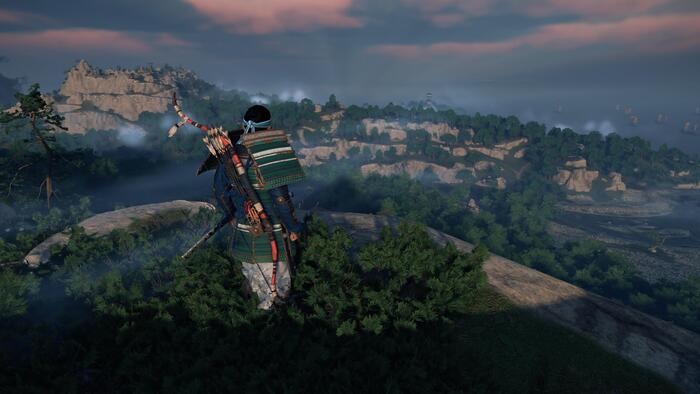
Ghost of Tsushima was recommended by a friend years ago, and I recently picked it up for the PS5. Having never played the PS4 or standard editions, I’m not sure what’s been enhanced by the PS5 or added with the Director’s Cut. I really enjoyed how smooth all the mechanics of this game felt. I’m not overly a fan of samurai movies, but I feel like this title really does capture some of the best elements of a good, slow paced samurai or western story. The sword fighting mechanics are top notch. The story feels straight forward, yet the characters are memorable. Themes around family and honor build a strong foundation for a journey through a very well constructed world of ancient eastern warfare.
Gameplay
Ghost of Tsushima has many elements from a typical, open world, brawler title. There are attacks, resource gathering, equipment upgrades and skill trees. There are a lot of controls. I haven’t seen many games where a trigger is used for gathering resources and interactions, but it does smooth out the user interface. There are a lot of pieces of the game engine that are designed around the interface not getting in the way of the game. At least on the PS5 release, fast travel is really fast. There are very few load times.

The controls are somewhat complex. Triggers bring up menus that allow selections of several different weapon types. Different samurai stances are effective against different enemy types. Strategy is built around rapidly changing stances, as well as building up skills and experience points that best complement your individual battle style. Difficulty builds at about the right pace. Side quests are short and helpful; developing relevant skill.
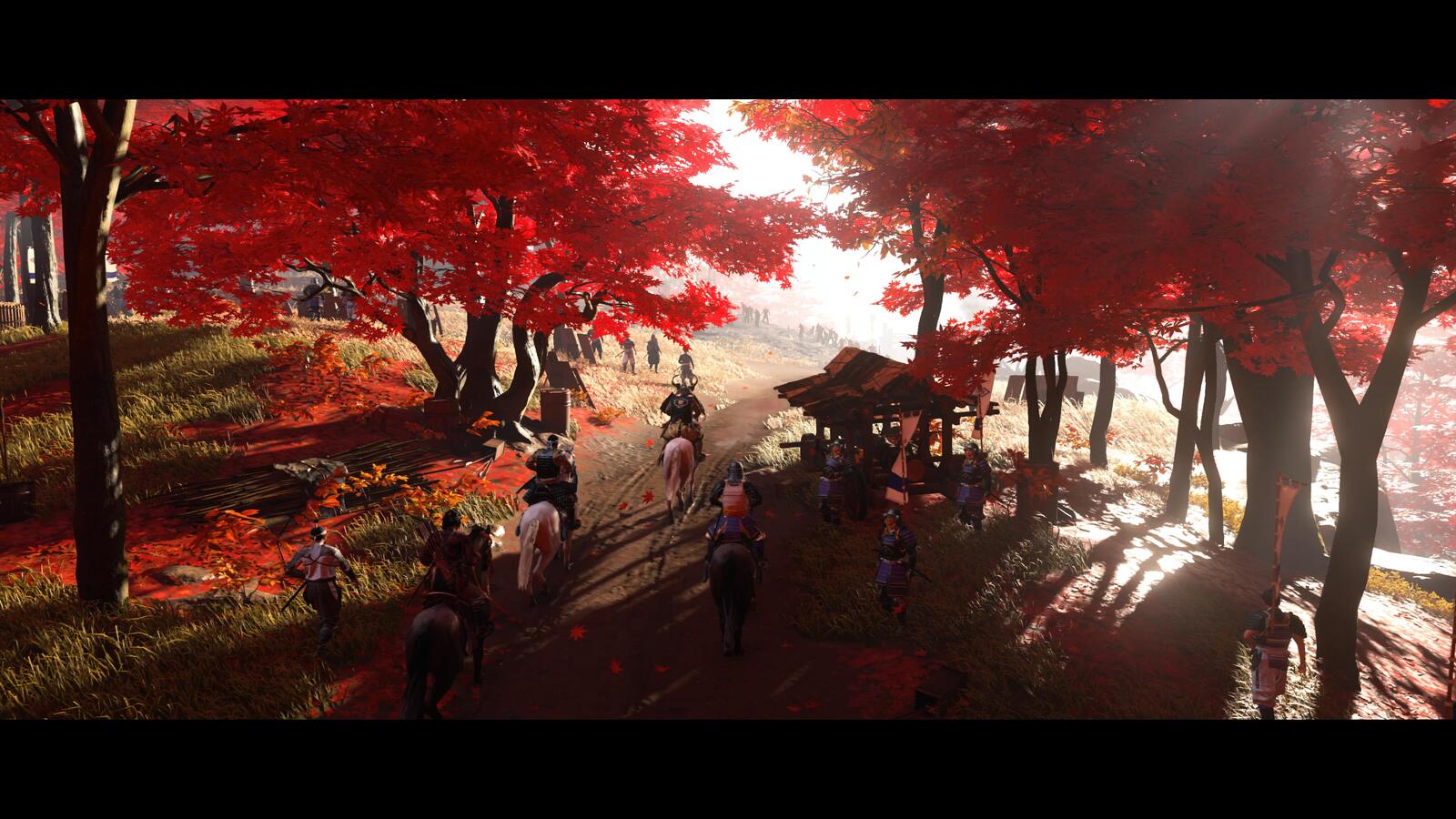
Health is supplemented by resolve, a resource represented by moon icons. Resolve fits very well into the aesthetics of the game, allowing a means to samurai heal, as well as a resource for special attacks. Failed missions will restart with increased resolve, making some of the tougher missions slowly, but satisfyingly, conquerable.
Overall, the fighting mechanics are smooth and polished. They’re a bit more complex from most typical brawler titles. Yet, once you get the hang of them, they don’t get in the way of the fun yet challenging battles. The game engine does an excellent job of bringing elegant sword fighting into the world of modern gaming.
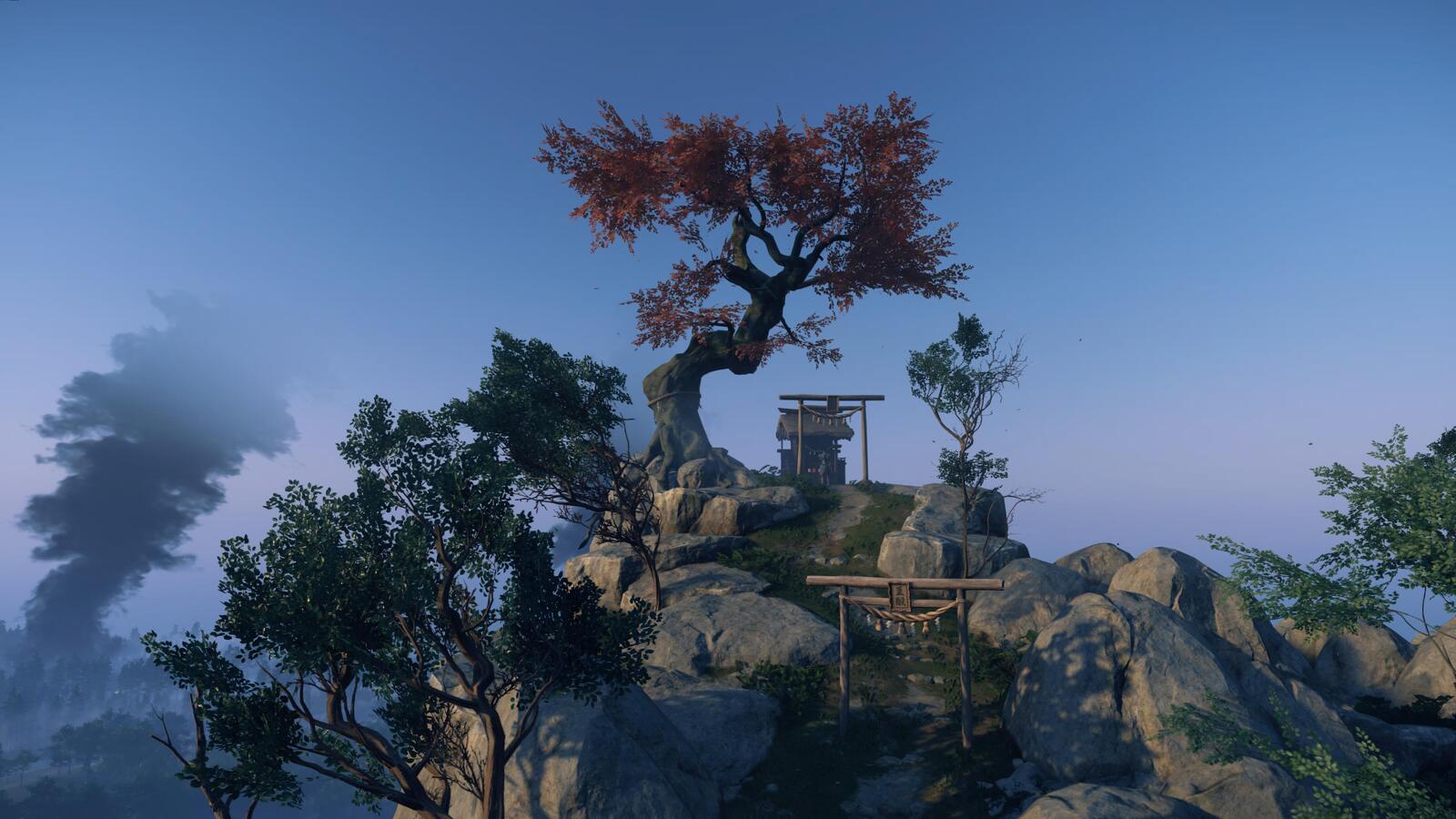
World Building
The most noticeable design elements of Ghost of Tsushima are the amazing colors and landscapes. I’m not a huge fan of open world games, but Ghost of Tsushima does a great job of using the open world as an aesthetic. Unlike so many other games, the open world enhances immersion, instead of turning it into a laborious walking simulator. Fox dens, hot springs and bamboo trials are used as a means to add charm slots, increase your health bar and add resolve. There is a good balance between battling enemies and building status, with a clear distinction on which journeys favor which mission types.
Ghost of Tsushima seems to go down well trodden paths when in comes to questions of honor. Your character must make questionable decisions along his journey. Unlike titles such as Mass Effect or Red Dead Redemption II, there are no gauges to indices how far your character has fallen into honor or dishonor. There are occasional flashbacks when you preform dishonorable attacks, but these attacks are also unavoidable and part of the story. I’m not a fan of stealth games, but most of the stealth mechanics of Ghost of Tsushima are easy to understand and work pretty well.

Horse riding mechanics are good. They’re not Read Dead Redemption II good, but they’re far better than the garbage horse riding of Far Cry 6. A lot of effort has been put in to giving an almost mythical feel to the game. Even traditional elements, such as a map and compass, are replaced by a guiding wind that leads you to your next quest or destination.
The side quests with the major allies are interesting and I’m glad I completed them. I do like how most of the side tales are short, easy to navigate, and are book-ended by really neat title cards. Overall, Ghost of Tsushima creates a really excellent world, drawing the player into a mildly complex and deeply rich samurai adventure.

Conclusions
I enjoyed playing Ghost of Tsushima. Battles seemed to escalate in a linear fashion with skill and playtime. I’m not a huge fan of samurai stories, but I feel this title did an amazing job of really pulling the player into mildly complex internal conflicts with the main character. Many of the side quests were fun or insightful. I didn’t feel as deep a connection to the characters as other brawlers, such as God of War Ragnarök, but I really enjoyed the journey and the magnificent landscapes I adventured through.
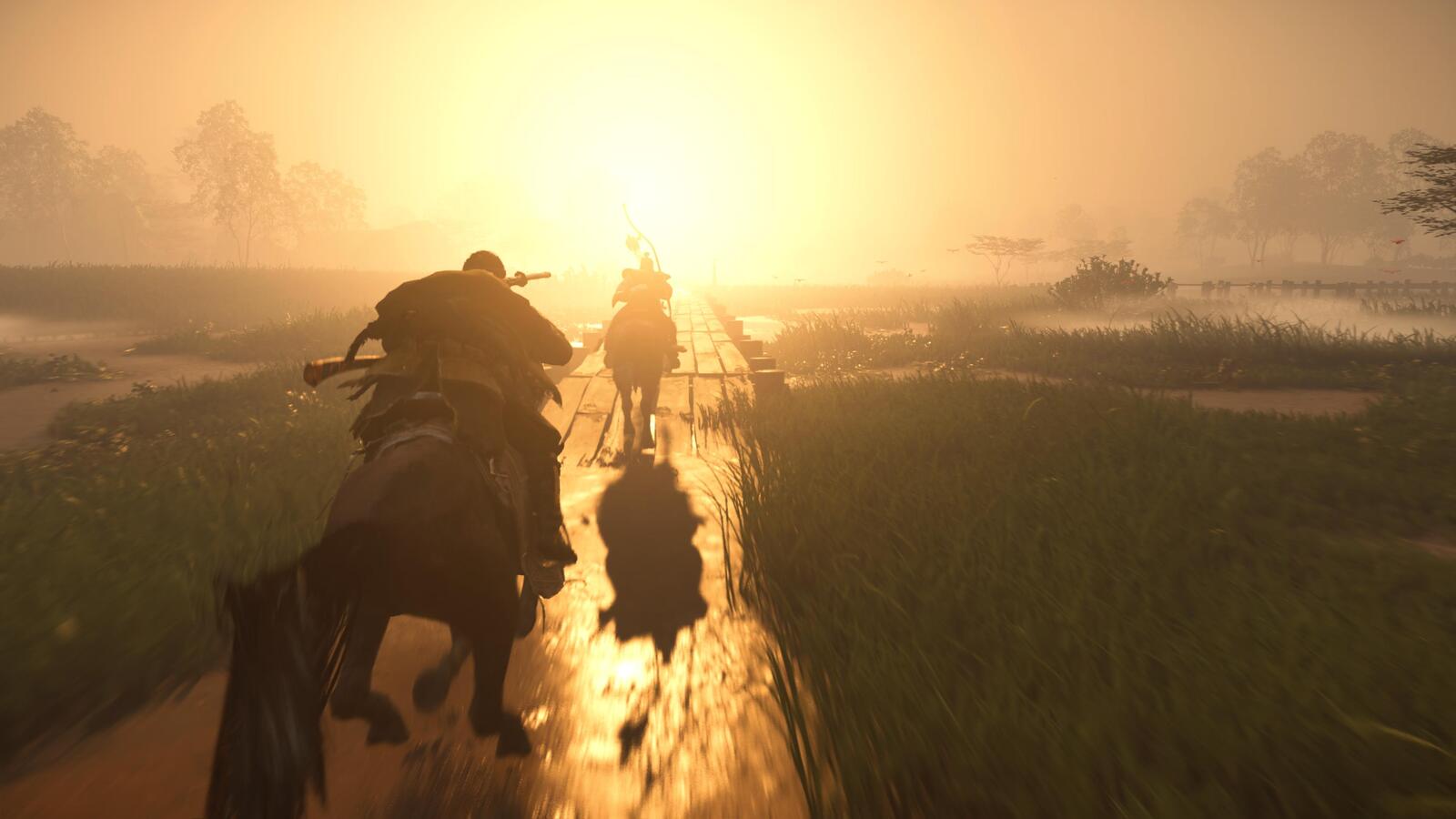
Ghost of Tsushima really captures the nature of a samurai sword fighting epic. Although it didn’t have quite the deep story draw as other recent titles in its genre, I felt that the fighting mechanics were very fluid and polished. The world is beautifully constructed, the characters are endearing, and the overall feel was more complex and immersive than any samurai or spaghetti western movie could accomplish.
Airborne Kingdom
When I first looked at Airborne Kingdom, it seemed like a casual management game. After playing through several fast paced titles, I was ready for a calm adventure. What I got was a game with a forgettable story, yet it still managed to be enjoyable and addictive. Airborne Kingdom is filled with a fairly basic world and little conflict. However, it has some great management mechanics, beautiful music and enchanting gameplay.
Gameplay
Airborne Kingdom is a resource management game in the sky. Your kingdom is a series of gears and clockwork. It’s reminiscent of the 2004 movie Steamboy. With the basic polygons, it’s easy to forget your fortress is powered by coal and steam. Resources are gathered by gliders, inhabitants are recruited from settlements and your civilization can literally become off balance by buildings that tilt your society off its axis.
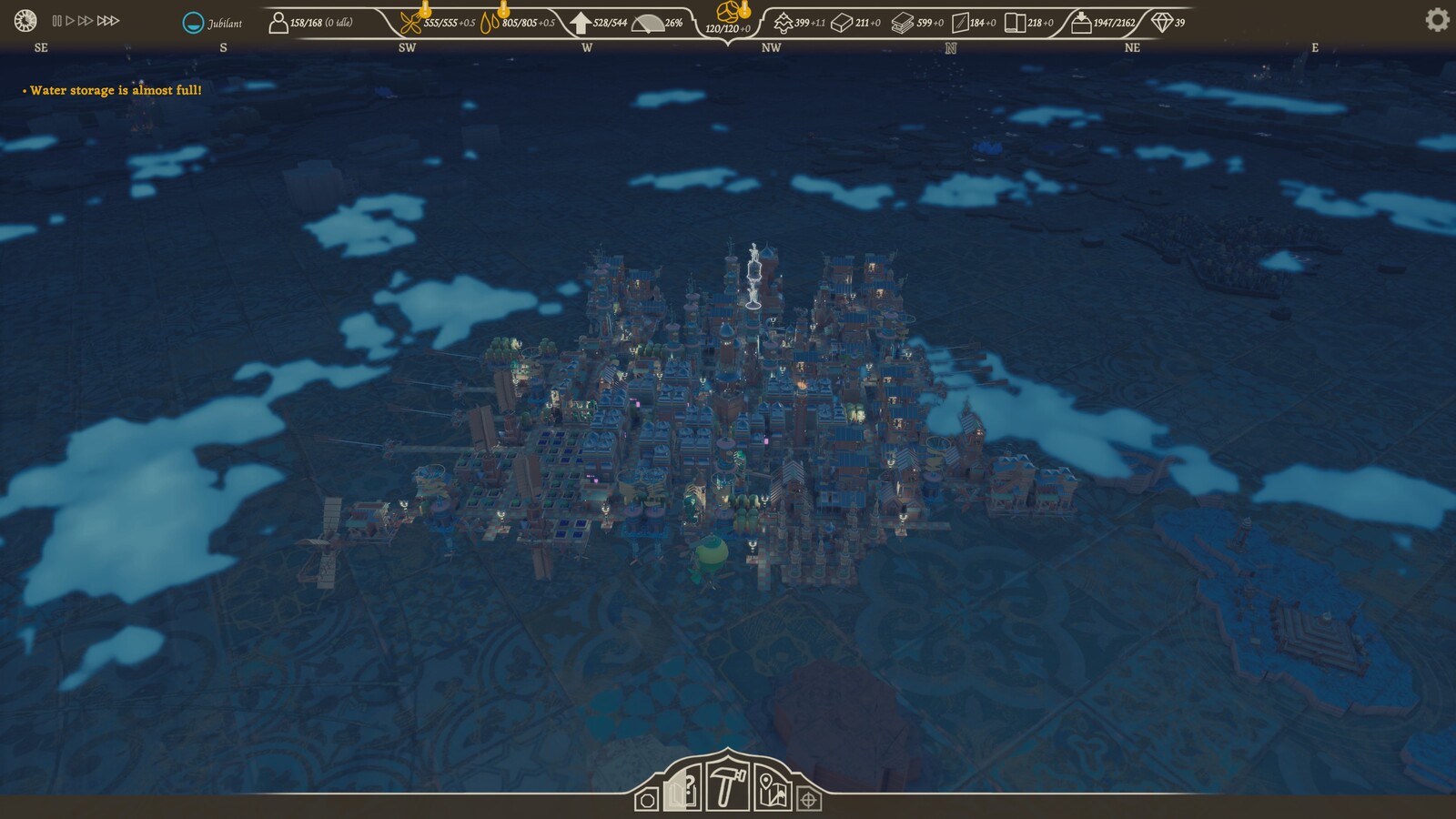
On the normal difficultly, this is a relaxing resource management game with a little bit of basic story sprinkled in. There are challenges as your society cannot expand infinitely like other sim and tycoon games. Buildings must be placed and demolished strategically to advanced your kingdom and the story. Early challenges include lacking supplies, but easily flip when you have an over abundance of materials bundled with unhappy people. Keeping supplies, resources and your literal kingdom in balance takes some work. Even on the basic difficulty, you will likely literally crash your society at least once. However, the overall gameplay makes sense if you’ve had any experience with this genre. Once you’ve mastered your floating fortress, a world of basic polygons and exploration awaits.
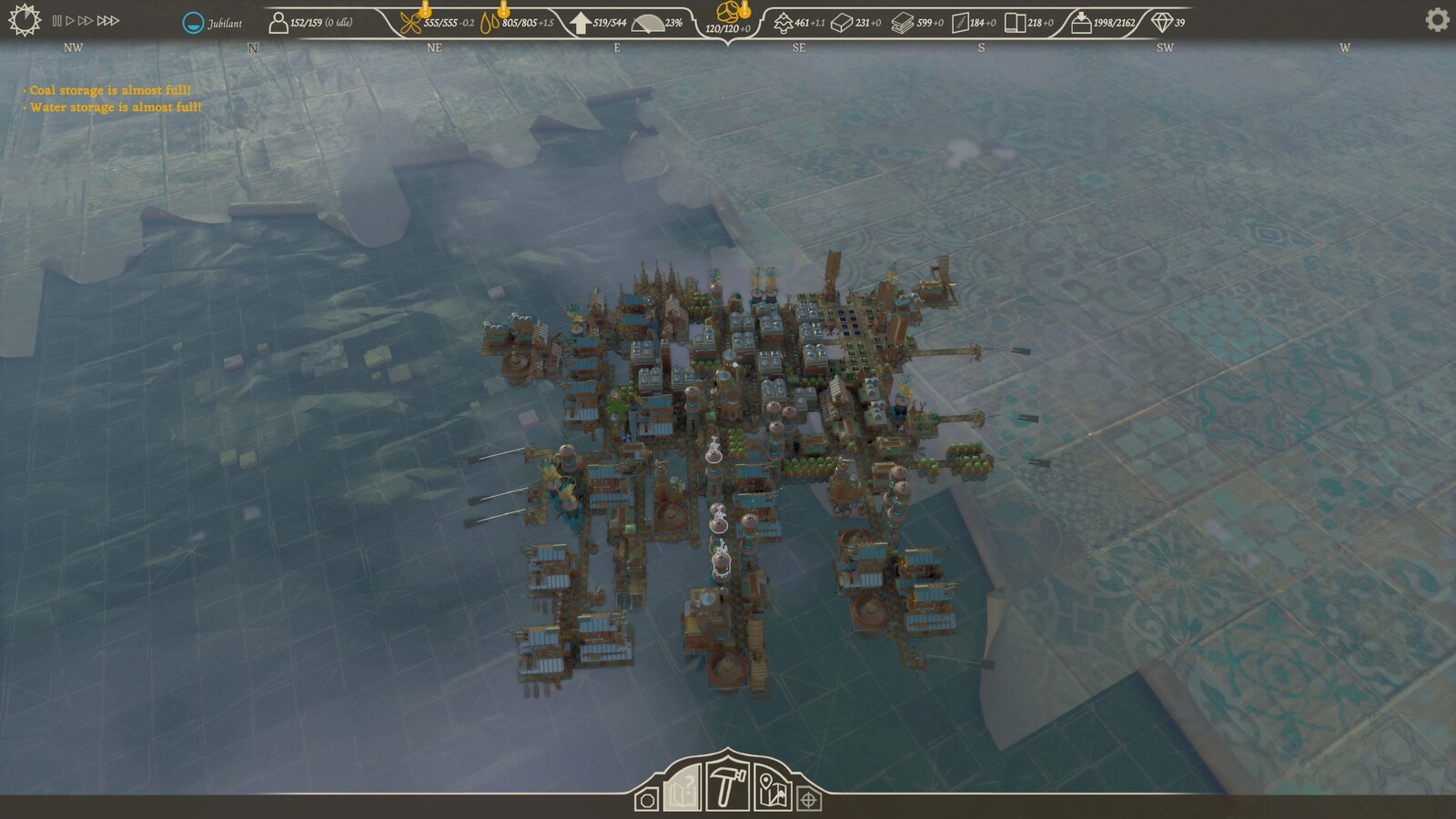
Journey
Airborne Kingdom is not a game of great conflict. In fact, everywhere you go, you’ll find unrealistically successful anarchist and communist societies. Their problems are solved by a few basic quests.


The story is honestly dumb and basic. Despite that, the gameplay is engaging and much of the text can easily be skimmed. What makes this game are its mechanics and not its graphics or plot. The music is also reminiscent of Simcity 2000, perfectly placed at the right moments. Although the music might seem repetitive after the 18 hours it took me to get through the base story, it never becomes annoying and really sits delightfully in my mind as my city transversed a great polygon tapestry.
Overall
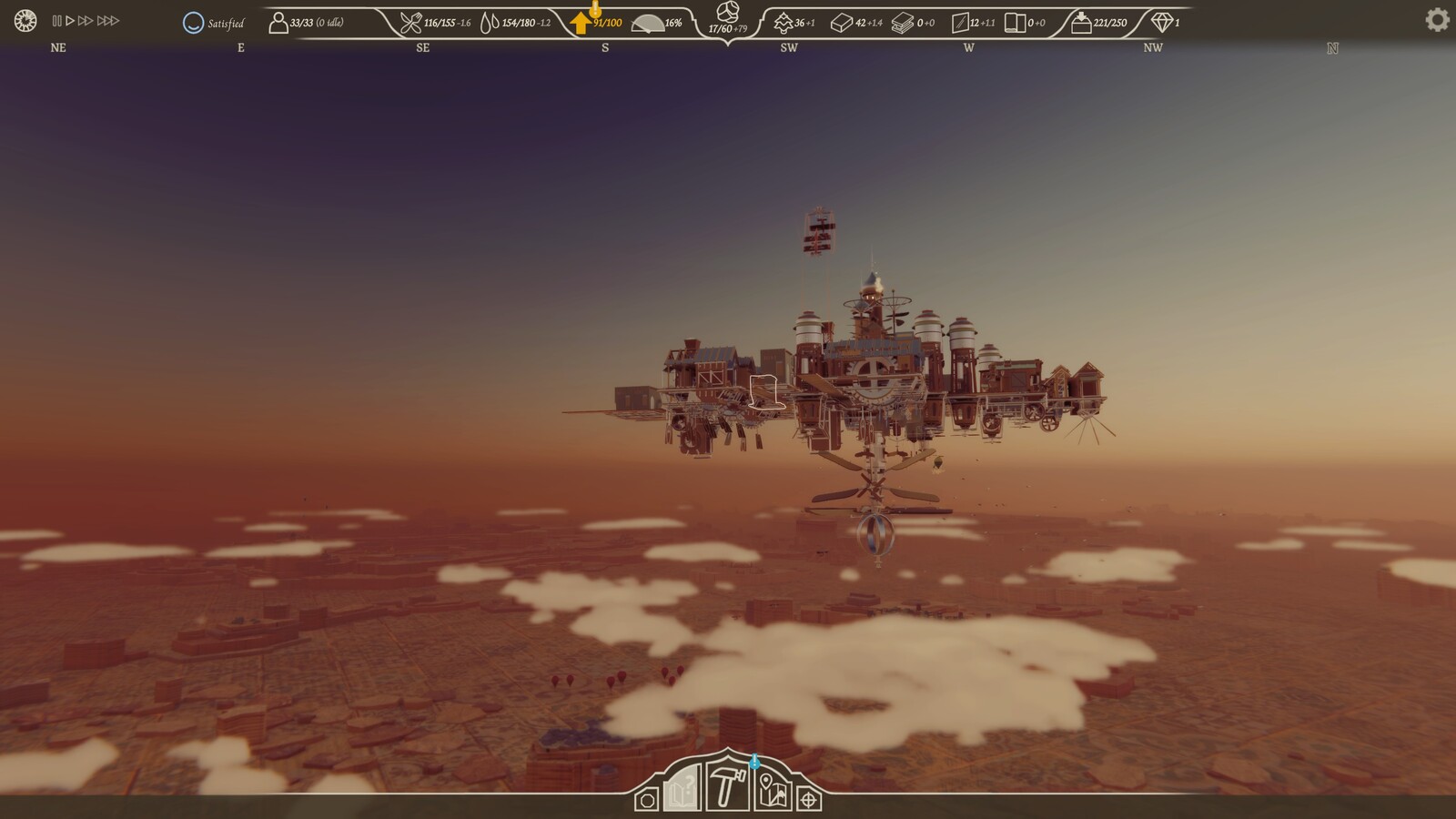
Airborne Kingdom really feels like a relaxing alternative to the much more hardcore Frostpunk (although there are a few optional challenges that feel like an homage to that game). The game consists of fun puzzles with managing resources, without worrying about everyone freezing to death. Some of the limitations force gamers to look at more interesting solutions. Some of the UI (especially around stacking and moving resources) could use some improvement, but overall it was a delightful experience. I enjoyed Airborne Kingdom, and feel it was the right length with the perfect amount of challenge and story.
NieR:Automata
When I first started NieR:Automa I was immediately drawn in to the combination of a top down shooter mixed with a traditional RPG brawler. The game takes place in a world where androids assist in the war to save humanity against machines that were supposedly brought to Earth by aliens. The game combines classic arcade air combat, hacking and 3D platform brawling. I lost interest in this game originally, finally picking it up to finish it after a year. It has some beautiful elements to it, but the core game mechanics are frustrating. The story is dry and lackluster. It’s fun from an arcade perspective, but lacks a lot of the elements that make a truly fun role playing game.
Gameplay
NieR:Automa is mostly played from a 3rd person perspective in an open world, with the two main characters 2B and 9S. There are several sequences where you switch to flight suit combat, which resembles traditional top-down or side-scrolling Japanese combat games. Purple black orbs, some which can be destroyed, others which cannot be blocked, are the projectile of choice by most attacking machines. Weapons can be purchased and leveled up at shops, chips can be added to enhance combat and loot can be picked up from glowing constructs on the battlefield.

One of the issues I have with NieR:Automa is how the world gets in the way of the game. The map is intentionally confusing, making it difficult for the player to navigate. Fast travel isn’t done from the map itself, but from vending machines that can only handle fast travel and nothing else. There are no auto-saves or checkpoints, and death in combat will restore you to a previous save point without the items you’ve consumed. If you forget to reload your game, it’s easy to quick save by accident, permanently separating you from consumables needed for boss fights. Dead androids can be revived along the way as additional combat units, which are useless and typically die within a few seconds.
Camera angles will change on many of the missions, switching from a 3D perspective, to a locked side scroller, to a locked top down. Some of these feel cinematically smooth, but many just put you in odd perspective shots, obscuring most enemies on the field. There is nothing locking progression paths, making it easy to go the wrong way after a boss fight, get caught in combat and lose all your progress.
Overall, there are a lot of really neat elements to the gameplay, and for the most part the game engine feels fairly well put together. But the constantly changing perspectives and endless sequences of fights without the ability to re-supply really pit the game engine itself against the player. It leads to the game devolving into mostly ranged combat and evading.

The Story
The story honestly lacks a lot. There are themes between what separates the androids from the machines. At first, there seems there must be some hidden mystery between the purpose of the androids and the humans. You meet a single human resistance camp, from which most of the game’s missions are launched. The story revolves around machines with weird behaviors and rogue android antagonists. There are a lot of elements that seem like they should be mysteries, that are presented as being straight forward. There are mysterious characters that appear once and never again.
The antagonists have poorly written dialog and their acting performance is pretty subpar even for a video game. The story is designed to pull you in to the friendship and journey between 2B and 9S, but even the more emotionally charged moments of the game didn’t really have an impact. I found it difficult to find a connection with the motivations or growth arcs of any of the characters.
The ending credits has a message about how the game is intended to be played multiple times. I briefly started a second playthrough, which does have a dramatically different perspective. Still, after spending nearly 17 hours on my first run of NieR:Automata, with all the issues I’ve mentioned, I’m not ready to pour another cycle into this title for the chance that some of the story’s secrets may be revealed.
Conclusions
There are some amazing aspects of NieR:Automata. The fighting is fun, the music is quite compelling, and the main character is beautifully rendered. 2B is incredibly hot, has a nice ass, and is fun to look at. However, even the original Tomb Raider, with Laura Croft’s blocky breasts, wouldn’t have been the hit title that it was if the gameplay wasn’t engaging. At the end of the day, NieR:Automata was a title I just wanted to get through.
Upon completing the game, you realize the open world of the game is incredibly small. The in-flight battle sequences were the most fun, while the planetary adventure seemed to fall flat. Even with the epic feel of some of the long battle sequences, I felt left with an empty stomach. I longed for a deeper connection with the game’s beautiful forests next to apocalyptic cities. I’m not a big fan of games that require multiple runs in order to understand the story. NieR:Automata was a fun enough ride, but it’s not compelling enough to spend more time on it to be further disappointed by the gameplay and story.
A Plague Tale: Requiem

I enjoyed the game A Plague Tale: Innocence and was looking forward to A Plague Tale: Requiem. I’m not a huge fan of games with heavy stealth mechanics, but the Plague Tale series does an amazing job of character development and world building. They draw players into the conflicts and challenges faced by Amicia and her brother Hugo. Their adventure is a dark one, filled with deadly rats and terrible human beings desperate to control everything around them. Requiem follows a similar path as Innocence, while introducing improvements on weapon and game mechanics. However, it is a much darker story. Although it’s still a captivating and often beautiful world, the challenges the player faces are true to the name Requiem.
Story
The game starts off not very far after the events of the previous game. It is a true sequel. Although there is enough context to understand what’s happening without playing the previous title, I wouldn’t recommend it. I wished time had progressed more between the two games. I would have rather Amicia almost been an adult and her brother a teenager, similar to the time gap with God of War Ragnarök. Still, once I started playing through the adventure, I realize why the writers kept them at these ages.
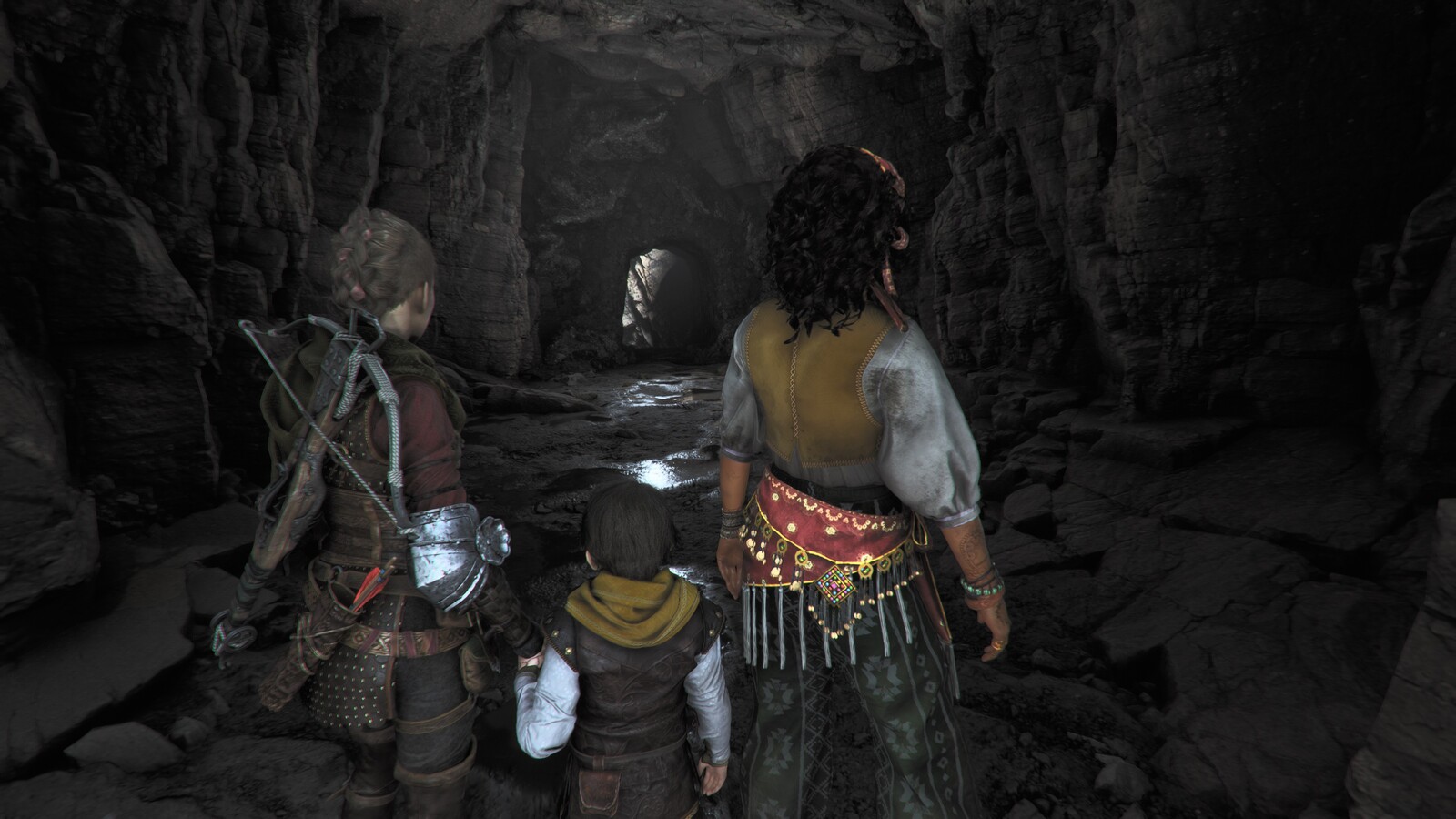
I enjoyed the world of A Plague Tale: Requiem. The artwork is absolutely stunning, and the moments of reprieve between some of the harder sequences does have a lot of amazing character development. However, the game is incredibly dark compared to its predecessor. The reality of the world Amicia and Hugo must travel through is a horrific one. It’s a game that will keep the player engaged, but also one that is filled with haunting moments and desperation, similar to soldiers on a battlefield of war.
The PC Port
Just like the previous game, if you use a PS4 controller with your PC, the on screen guides do show the PS4 buttons instead of the traditional X-Box controls. It’s a small touch to the game engine that I still appreciate. The game looks absolutely beautiful, but it’s definitely not the most well optimized. On high graphics settings, my 3080-Ti would often run at full power. Changing the settings to ultra would cause stuttering. It was both playable and incredibly well detailed on high settings, but the power drain was noticeable. For the first time ever in any game, my battery backup power-load warning alarm sounded, due to the watts my video card was drawing!
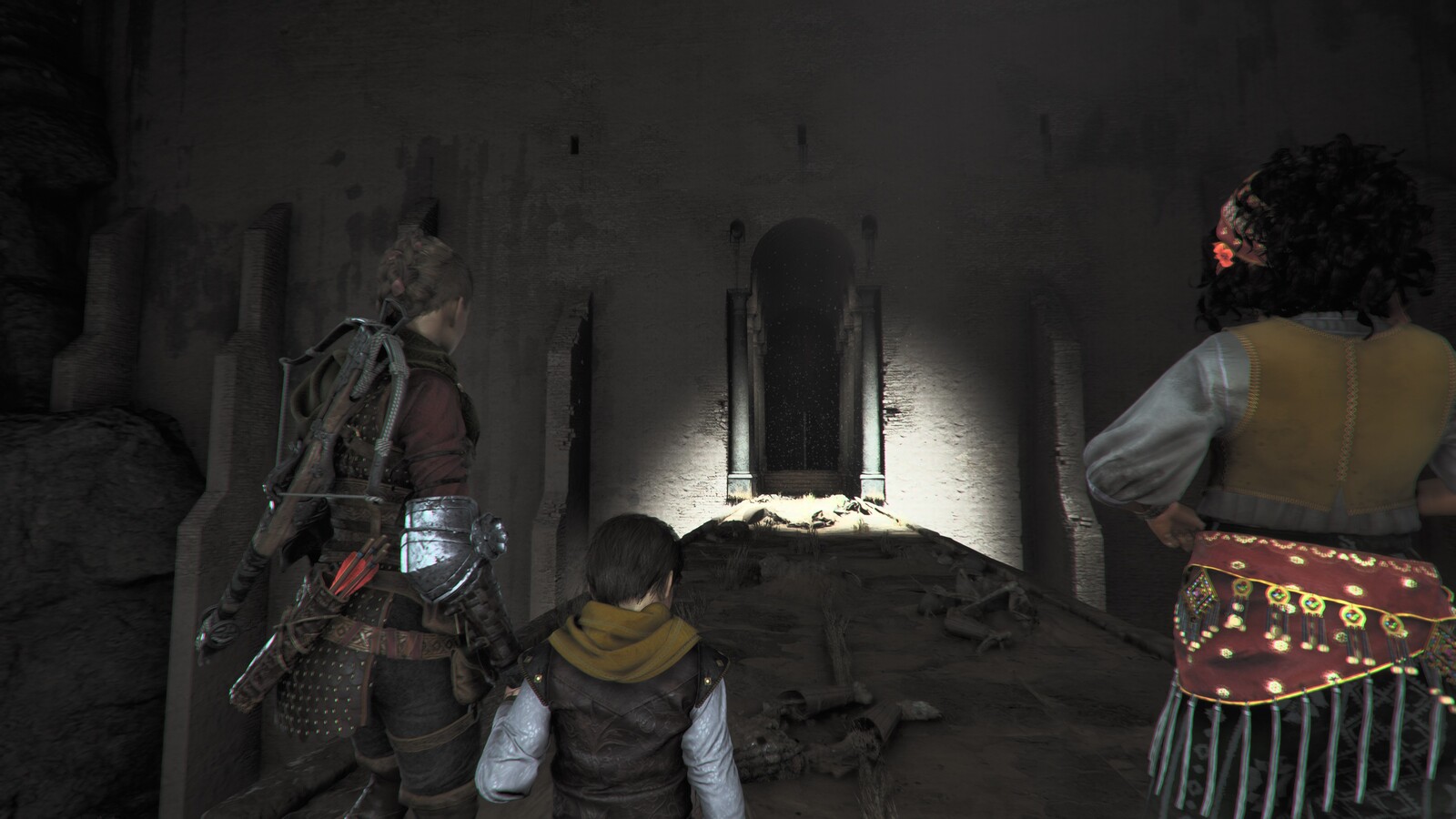
The console versions of this title seem to use a hybrid of the medium settings1. I ended up using my TV for this game (which is not connected to my battery back up), and the artwork really came through well on my OLED panel. This isn’t a game that requires high performance or frame rates to get the most out of it, so high settings on a 60Hz was more than enjoyable. Still, the game does not seem well optimized, and may tax modern graphics cards.
Gameplay
Requiem’s gameplay is fairly similar to its predecessor, with a few changes and additions. The basic ammunition of rocks are now an unlimited resource and no longer need to be collected. Modifications such as ignition and extinguishing can be made once, but applied to any weapon. Amicia gains one new ranged weapon, but it’s one that fits her character and stature. She also has some limited abilities to fight back and run, but the majority of the mechanics still revolve around stealth and hiding.
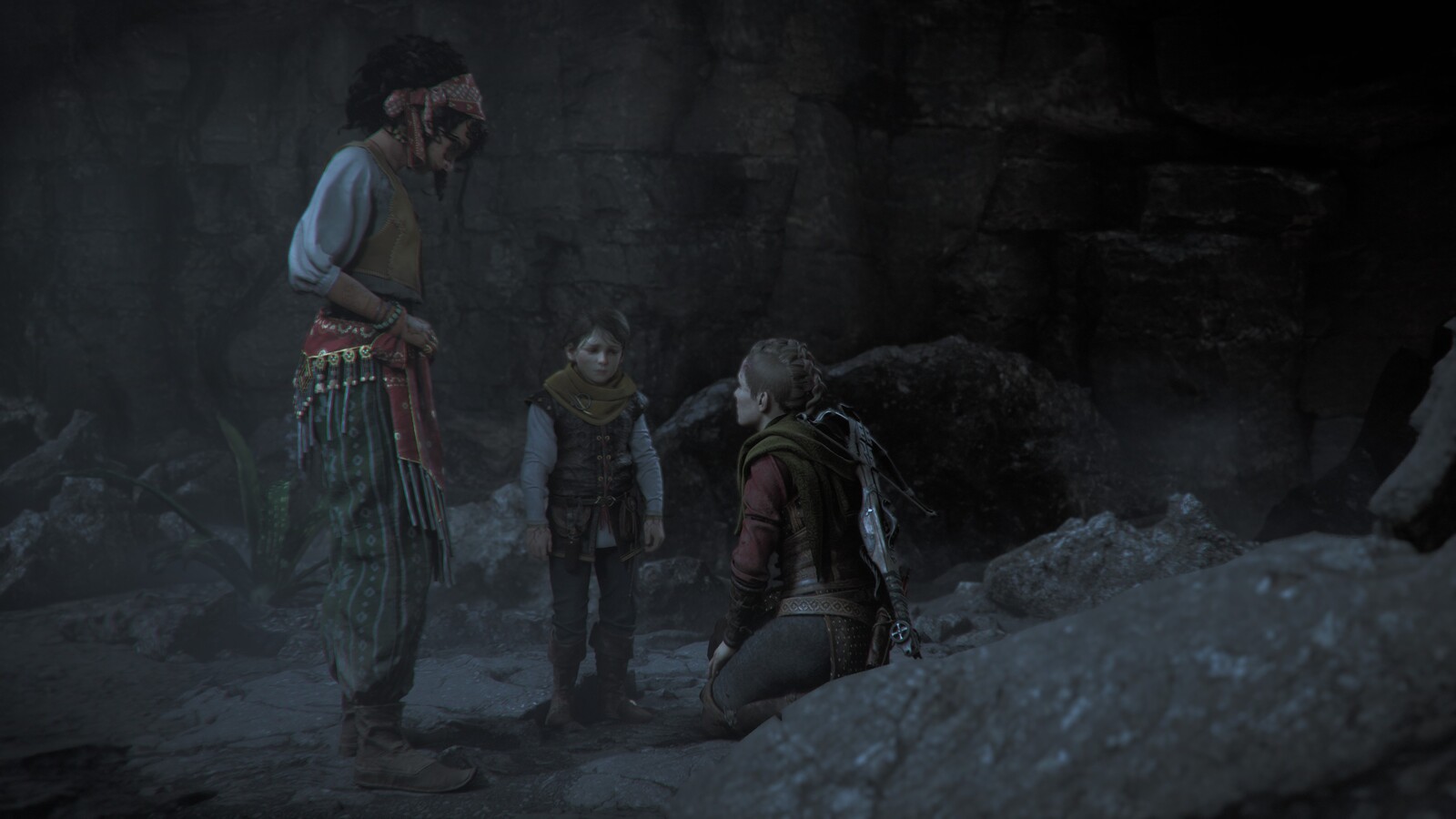
The trailers made me hope Amicia would also progress beyond the stealth mechanics. There are some opening chapters where she (and the player) is reintroduced to the skills from the previous game, along with some additions. Although there are some points in the game where Amicia does engage in head on conflict, it’s still tempered with the fragility of her character’s age. The fights feel believable, but are also difficult and require strategy and weapon switching.
The game is a linear story with seventeen total chapters. There are five basic game scenarios: stealth, running, puzzle solving, exploration and attacks. Many of the chapters are long and contain multiple gameplay types. The majority of the game is still stealth where your characters must sneak around overpowered opponents. Unlike the stealth segments in games like Spider-Man or Far Cry, you cannot simply dispatch opponents until a level is clear. Many must be avoided in order to make it through. The running sections are the easiest action sequences, similar to cinematic runs in the recent Tomb Raider games. Puzzles and explorations are some of the more relaxing parts of the game where players can really appreciate the artwork and world building of the writers. But for people who enjoy story, these sections often feel short lived as the characters are often plunged right back into danger.

Workbenches are still present throughout the game where weapons and ammo can be upgraded. A skill tree has been added as well, although it’s not an intuitive one. Skill points are not awarded and applied, rather the way you choose to play the game builds different types of skills independently. Except for the introduction, the game doesn’t really indicate when skills have been gained, and they can be easy to overlook. It felt as if it was more of an afterthought than a core game mechanic.
Overall
A Plague Tale: Requiem is a captivating title that kept me deeply committed to the end. It took me over 20 hours in just over a single week. It is a more challenging title than its predecessor, and some areas did get really frustrating. Yet, that emotion in gameplay parallels to the trauma face by many of the characters as they are forced to keep going.
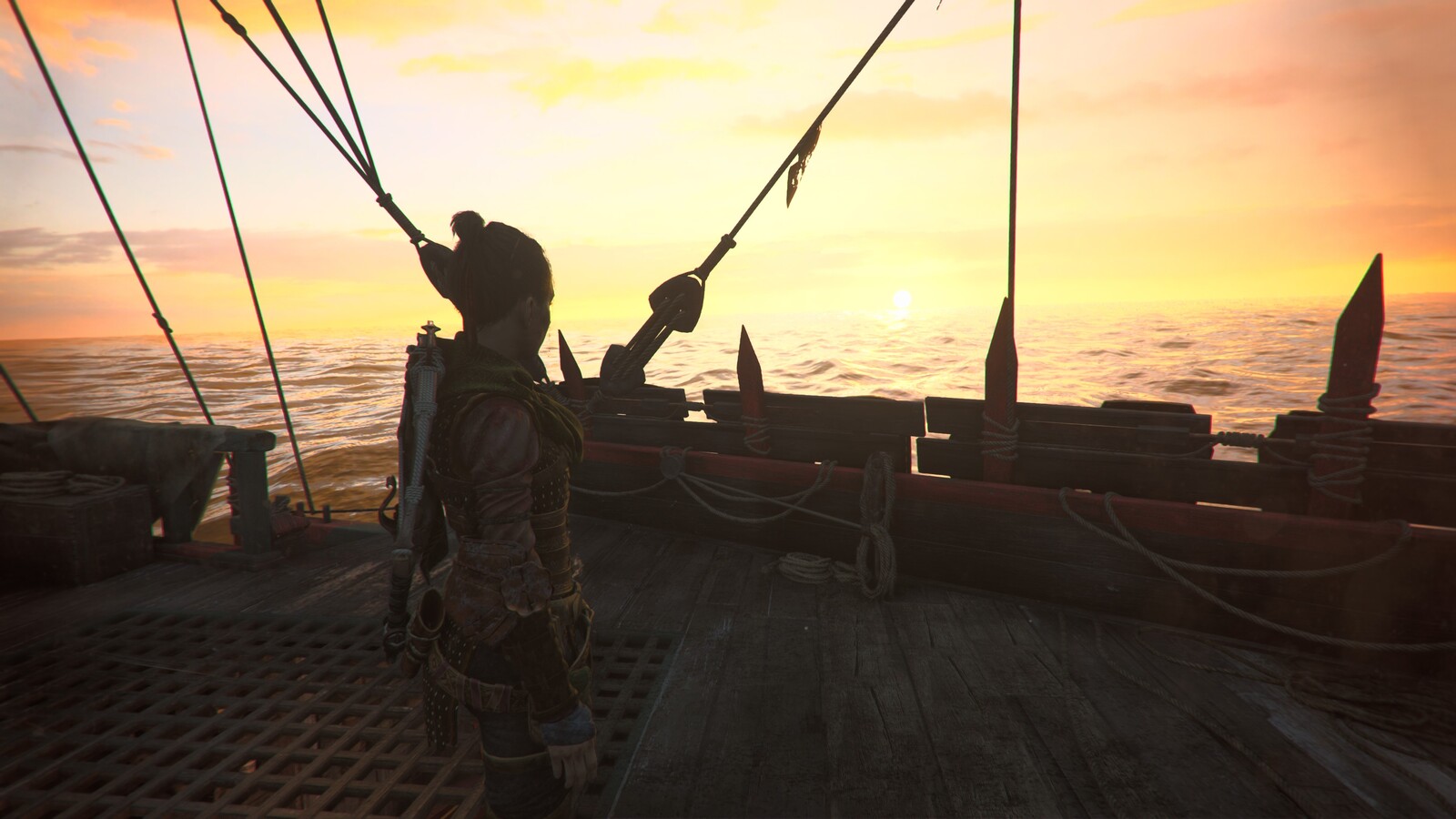
In traditional game design, there is a goal-a call to adventure-that a player’s path is set upon. It’s difficult to subvert such goals in a game, like you can in a movie or a novel. Games that pull it off are rare, like much of the Far Cry series. Games that fail at it are remembered forever like Mass Effect 3. Requiem sets the player on a very dark path, where some future chapters are well foreshadowed by the world’s mechanics themselves. Although there is solid closure and allusions to a future sequel, Requiem does subvert the standard game narrative. In a way, one could say it’s pulled off well from a story aspect. Yet, it’s deeply haunting and troubling as an adventure game; one that will stick with you long after the game has ended.
Conclusions
Those are my winter game reviews. I played a mix of console and AAA titles, both popular and obscure, intense and casual. I finished up at least one older title, as well as playing through a lot of new ones. My next set of reviews will hopefully include at least two console titles and more independent games on the PC as well.
-
A Plague Tale: Requiem Performance Improvements! PC vs PS5, Optimized Settings + More!. 16 November 2022. DigitalFoundry. ↩